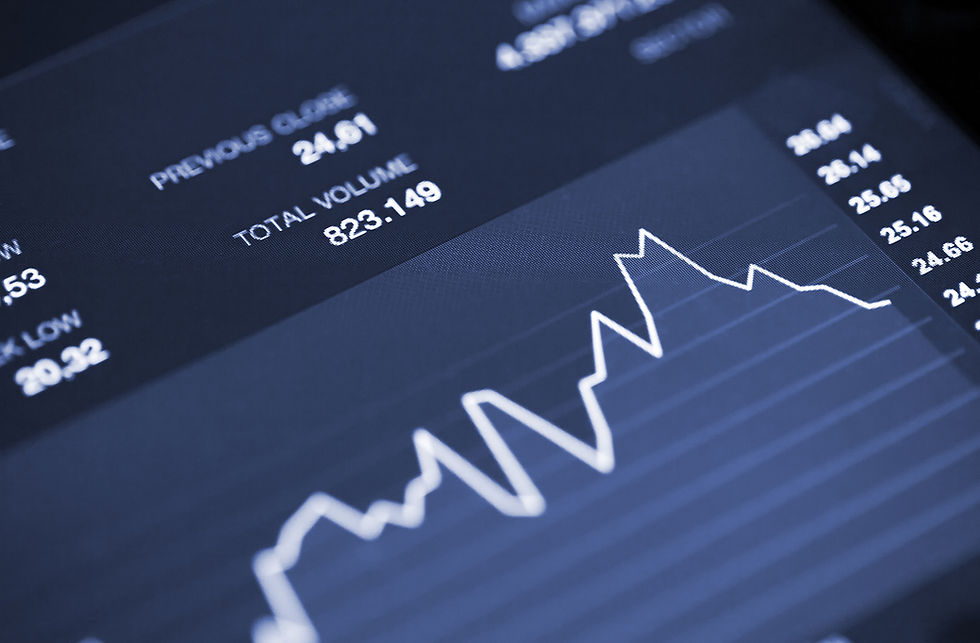Market Update Q3 2022
- Sunil Heda
- Oct 15, 2022
- 3 min read
Updated: Nov 8, 2024
What can we expect for the rest of 2022?
“If you make the mistake of looking back too much, you aren’t focused enough on the road ahead of you.” - Brad Paisley

We can often make comparison between the path for market returns and a family road trip: the journey may have both expected and unexpected pit stops along the way, but the end destination will likely be positive. At the beginning of the year, we expected the start of a rate tightening cycle by global central banks. What we hadn’t expected was above-average interest rate increases, the invasion of Ukraine and its impact on energy and food prices, and supply chain disruptions caused by the zero-COVID policy in China.
As investors, it’s easy to focus on the past, given the volatility across nearly all asset classes. The S&P/TSX ended the quarter with a YTD price return of -13.1%. The S&P 500 and MSCI EAFE also struggled, with returns of -24.8% YTD and -28.9% YTD. However, it’s important to keep focusing on the road ahead, as that’s what will likely lead us to our desired destination.
The slowing economy
There’s little doubt that we’re seeing a slowdown in economic growth around the world. The United States has already experienced two consecutive quarters of negative Gross Domestic Product (GDP). However, given the positive underlying data, such as employment and consumption, we’re likely to experience only a shallow recession in the U.S. in the first half of 2023. In addition, we could see a more severe recession in Europe as a result of the looming energy crisis caused by Russia’s cut of gas supplies to the rest of the continent.
Inflation
Although the U.S. Federal Reserve and Bank of Canada are likely nearing the end of their respective tightening cycles, it’s unlikely that they can achieve the soft landing they desire. Certain aspects of inflation are outside of their immediate control and a recession-led reduction in demand may be required to achieve their goal of price stability. Our expectation is that the Consumer Price Index (CPI) will trend between 4%–5% by year end and 3%–4% by the summer of 2023.
Equities Despite multiple challenges including supply chain disruptions, higher wages, and higher inflation, corporate earnings have remained resilient. The global economy is slowing, and the impacts of higher interest rates have yet to be absorbed, which provides a challenging backdrop for earnings moving forward. We believe we’re likely to see flat to slightly negative earnings in the early part of 2023. Earnings are likely to recover in the second half of next year, but there’ll be more uncertainty before that. On a positive note, when earnings growth is negative on a monthly basis year-over-year, the S&P 500 is positive one year forward most of the time, with an average return of 10.7%.
Fixed income As we get closer to the end of the rate tightening, there’s more clarity to how high interest rates will get, which means that much of the downside risk to investing in bonds is in the rearview mirror. It’s helpful to remember that interest rates or yields move in the opposite direction to price. If we believe that the economy is slowing but a recession isn’t imminent, there may be pockets of opportunity in fixed income. New investments in bonds are now providing yield levels not seen in quite some time.
What lies ahead? There’s no denying that market volatility is likely to continue through the rest of the year, but history has shown that trying to time the peaks and valleys of the equity markets is near impossible. Like the family road trip, it’s best to remain focused on our destination and not let pit stops derail us from getting there.